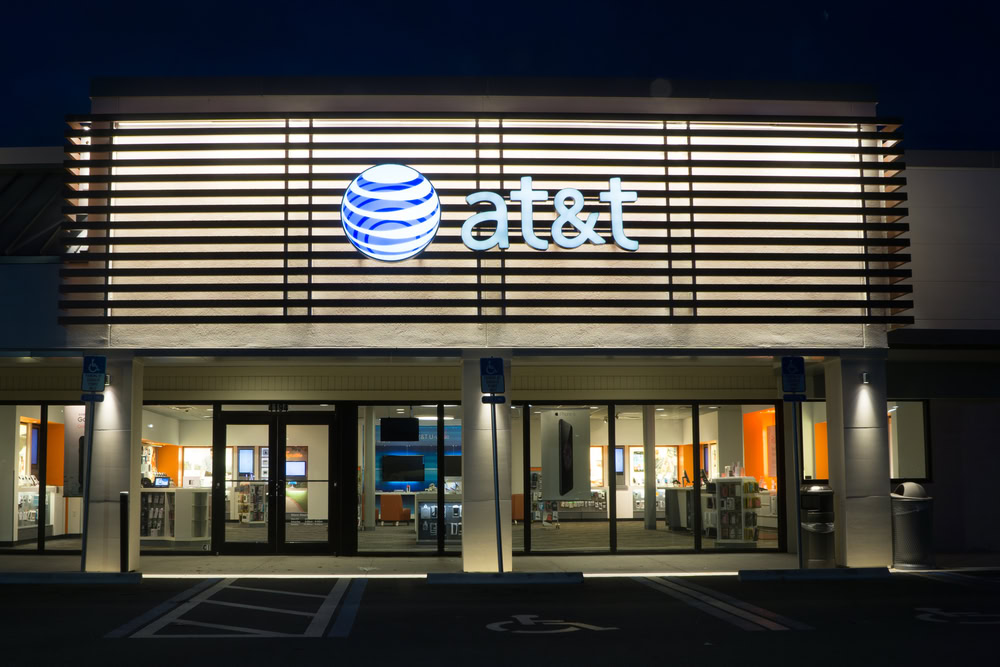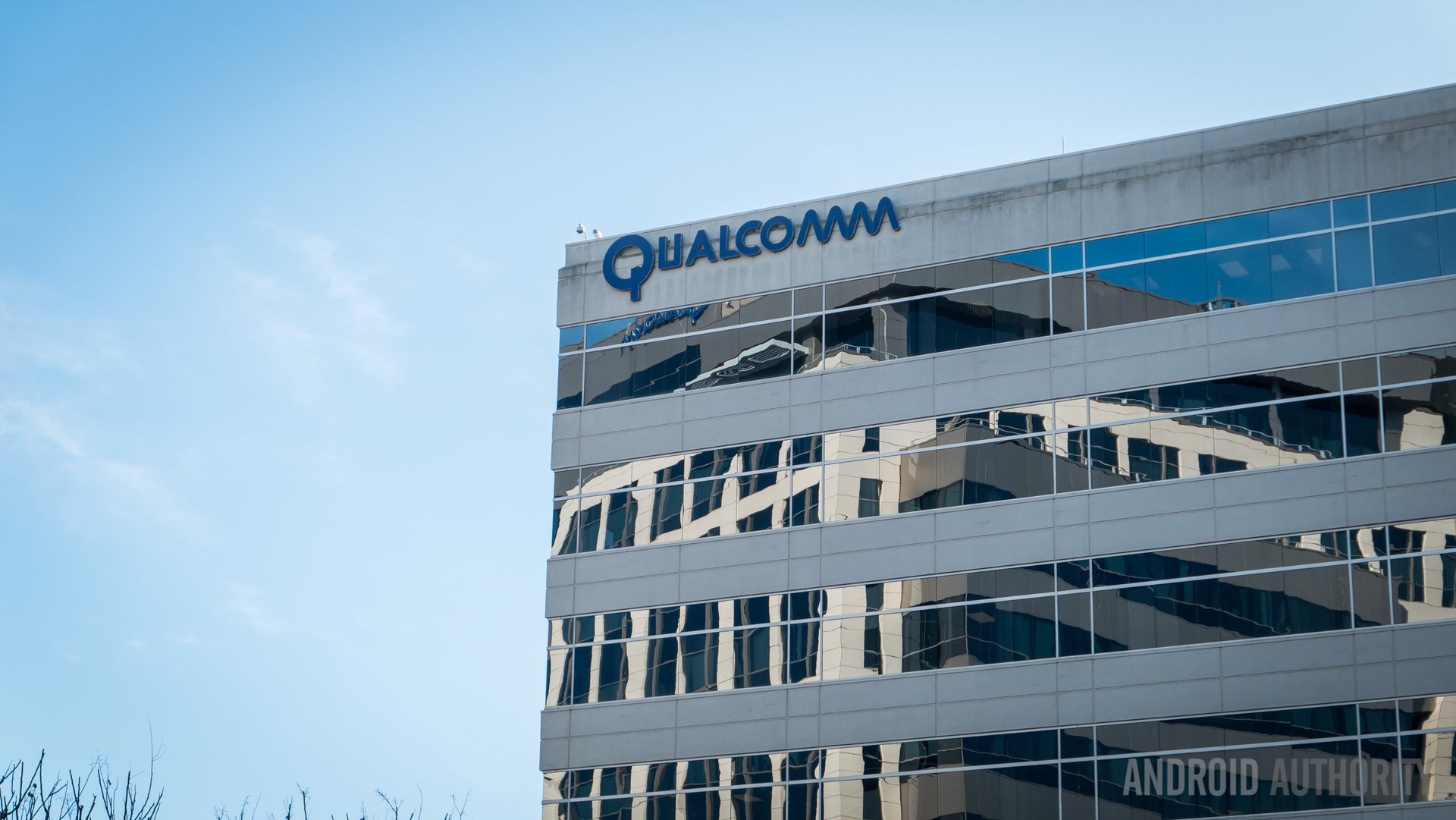Affiliate links on Android Authority may earn us a commission. Learn more.
AT&T's new "5G Evolution" is really still at 4G speeds, for now

Over the past few months there’s been a lot of talk about 5G network speeds, as if they were just around the corner. Well now it is here! Well… sort of. Today AT&T is officially bringing its “5G Evolution” to a limited number of customers in Austin, Texas. In reality, they they won’t really be using a 5G network; they will just be getting faster speeds on AT&T’s current “improved” 4G network.

As we reported before, AT&T will offer some customers in Austin top speeds of around 400 Mbps, which is still slower than the expected 1 Gbps speeds that true 5G technology is supposed to offer sometime in the future. If you live in Austin, are using AT&T, and also own the just launched Samsung Galaxy S8 or S8 Plus, you might be able to tap into these faster speeds on AT&T’s network starting today.
AT&T says that Indianapolis will be the next US city to offer its faster “5G Evolution” speeds sometime this summer. The company adds that over 20 metropolitan locations in the US will have access to those speeds by the end of 2017. More devices will also likely launch in the near future that support these faster download speeds. We would bet that the majority of devices will have the Qualcomm Snapdragon 835 processor inside, which is what the new Samsung Galaxy S8 phones have in the US. That processor includes Qualcomm’s new X16 modem, which is the hardware that can tap into AT&T’s faster 4G LTE speeds.
So when will true 5G networks be launched? The International Telecommunications Union recently published a draft report on its specifications, and it is expected to be finalized sometime in late 2017. After that, phones have to be built that would support those speeds, and networks have to be upgraded as well. All of that is not expected to go public until 2019 at the earliest.